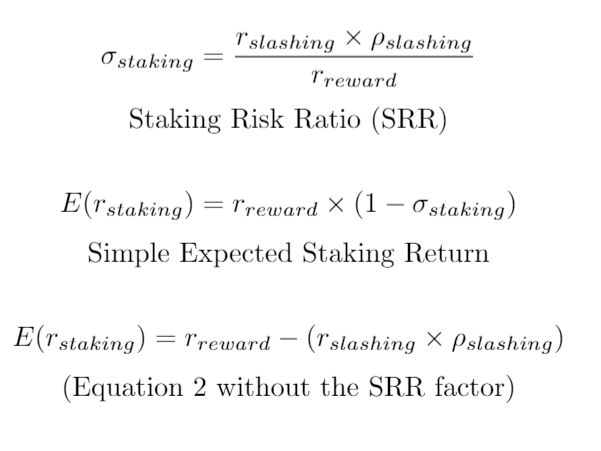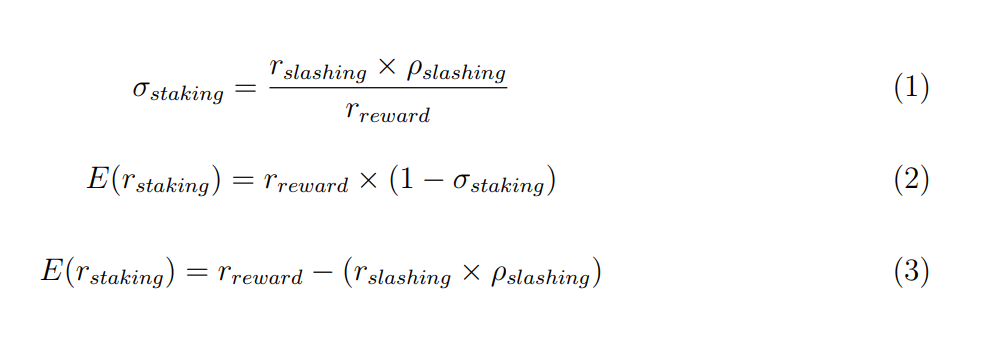Delegating staking tokens is a great way for token holders to share in the staking rewards without taking on the task of staking. This allows securing the underlying network of the token since it creates an environment with the incentives of participants aligned towards the same goals. If the underlying network is stronger and experiences more use then inherently, if the token was designed well in the first place, the value of the token should increase. All the while you as the token holder are earning regular payments less a percentage fee from the entity to whom you delegated your stake.
The difficulty here in quantifying your risk given that you are not personally staking the tokens and thus cannot know without question that all slashing risks have been mitigated (impossible anyway) or hedged against. All you have to base your investment decision on is the information provided to you by delegated service or entity staking your tokens while claiming a reward percentage that you will receive.
The Risk-Adjusted rate of return for staking a token is a far more important metric than simply using reward percentage when it comes to analyzing staking tokens. There are countless profit calculators that will gladly tell you how much you will earn based on how much you stake. I have yet to find one that also indicated the probability that your stake (and what percentage of that stake) is at risk of being slashed. As a matter of fact, trying to determine the reward percentage and slashing percentage for a given staking token is much more challenging than one would expect.
Staking reward, as a percentage of the tokens staked is the first variable in the equation for risk-adjusted expected staking returns.
The second is the slashing probability, which is defined as the percent of tokens that are lost when a slashing event occurs against your staked tokens. There are plenty of means by which the risk of slashing can be reduced almost to the point of zero but it can never be removed entirely or without costing more than the rewards from staking in the first place.
The third variable in the risk-adjusted staking return equation: probability of slashing. This is the percentage likelihood that a slashing event will occur and is the most difficult to determine.

Putting these all together creates the following set of equations.

As we all know, past performance does not guarantee future performance. Furthermore, not recognizing that higher returns usually come with greater risk is even worse. For example, the WSJ mentions an investor with a 6-digit investment in a hedge fund that was netting him gains satisfying enough to convince him to invest even more money. He had roughly a half million dollars invested this past November 2018 only to find out three days later (yes, 3 days or 72 hours) that his investment had been lost. Lo and behold the investments were also highly leveraged with a risk profile that had a non-finite loss. Believe it or not, this investor now OWED the fund about 150K on top of having lost 100% of the initial investment.
Buying crypto at the start of 2018 simply because the weekly returns of the previous year had all beenquite high is a similar but much less extreme an example where expected returns were not risk-adjusted.But even the most volatile cryptocurrencies are a better bet than selling naked options..

